Sign up to our newsletter.
Stay up to date on the latest in workplace design & build. Sign up to our newsletter for useful advice, information and inspiration from the world of workplace.
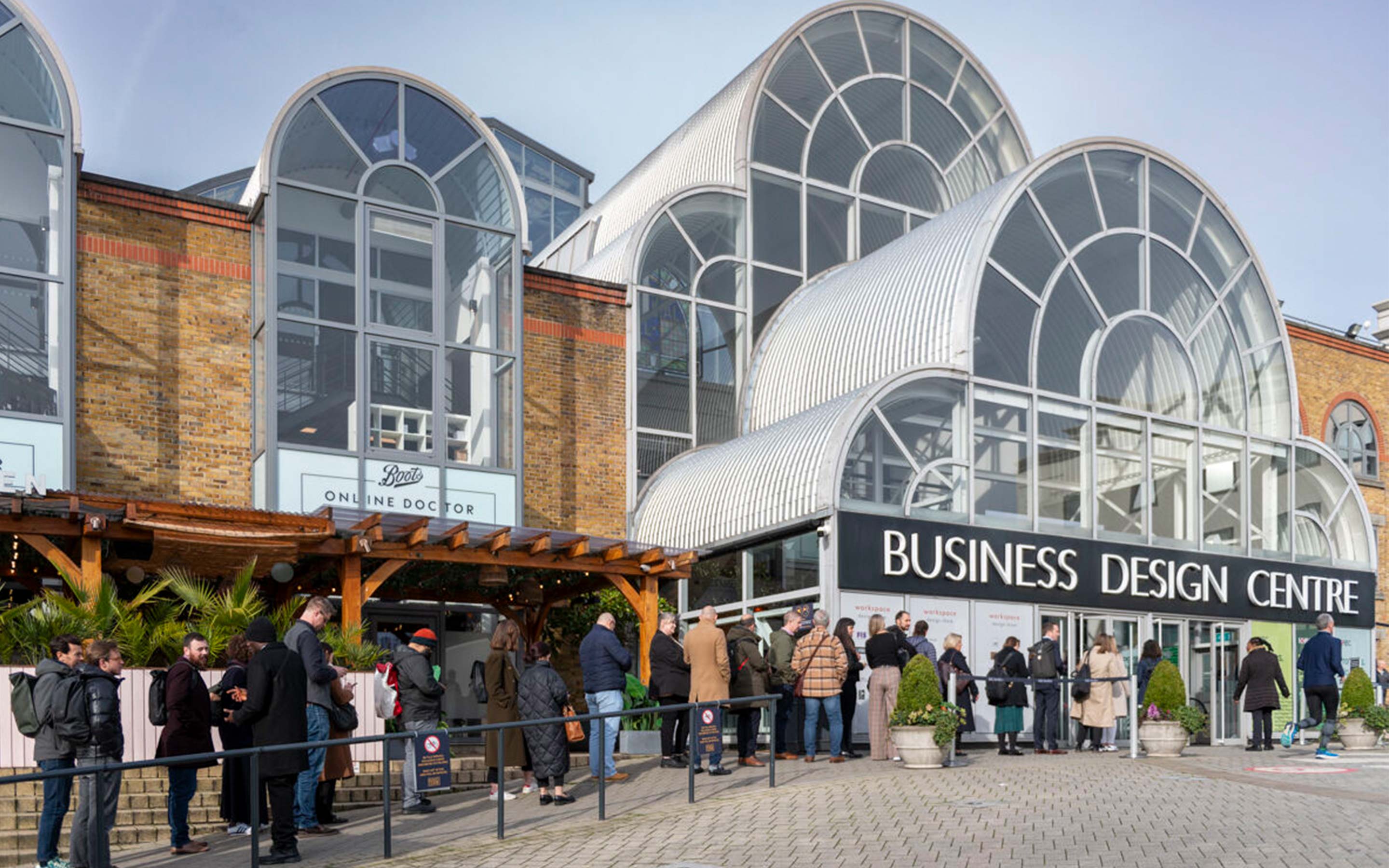
Workspace Design Show is one of the highlights of the industry’s events calendar. Across two days each year in February, at London’s Business Design Centre, over 3,500 attendees from the world of workplace gather together to explore workplace innovation, test out the latest products, and engage in a range of discussions that tackle the most topical industry themes.
This year, we enjoyed sessions that explored how to communicate about sustainability in a way that’s accessible to all and challenged the concept of workplace hotelification, before discussing how to evolve and enhance the employee experience to make it truly exceptional. Here are some of our key takeaways.
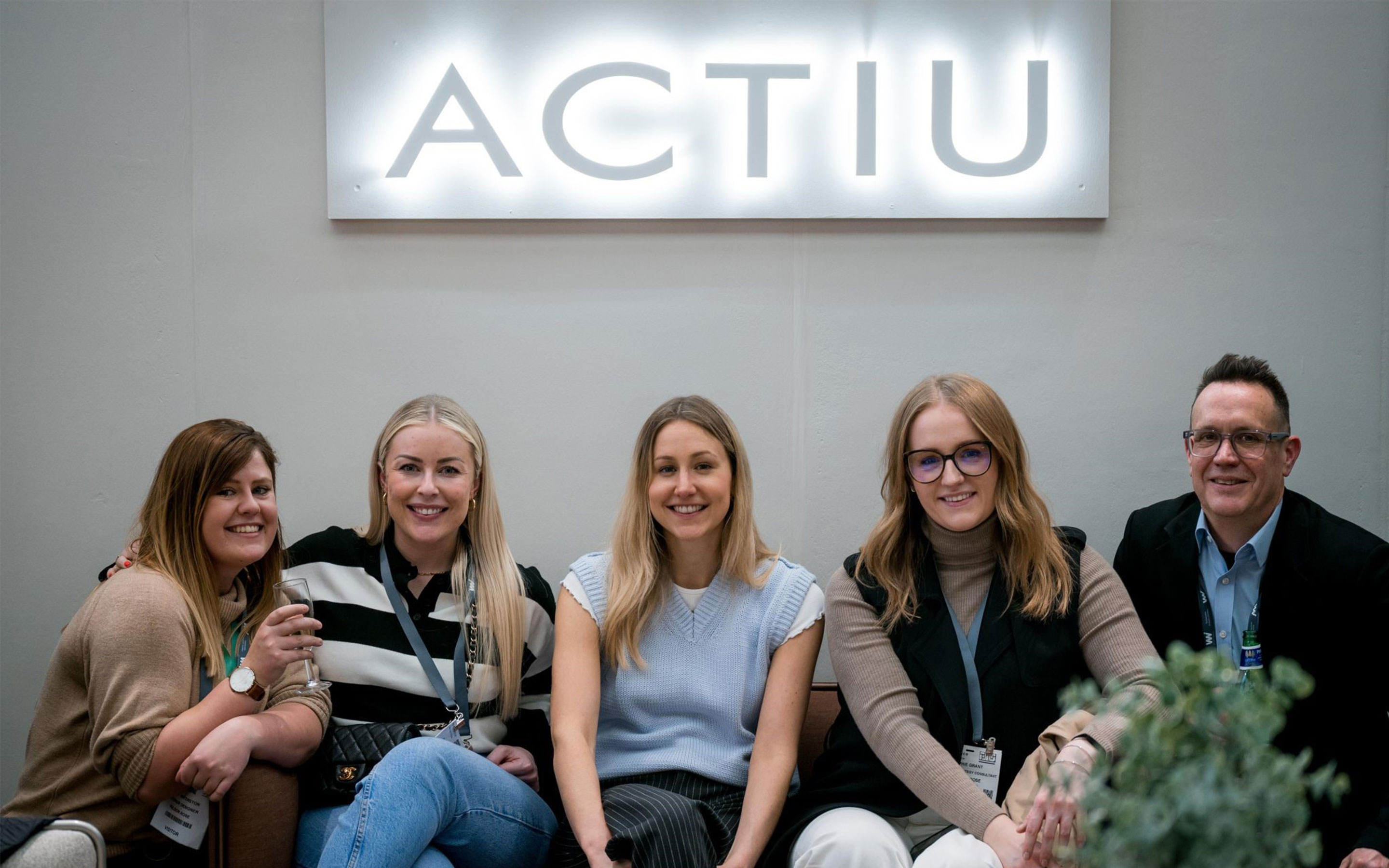
Whether we’re influenced by the physical space around us, or working with colleagues or clients across the digital space, it shapes our experience with place and space. But what happens when these worlds collide? Discussing the different elements of the destination workplace, panellists from CBRE, Jason Bruges and Orms discussed the rise of the “phygital” space.
The phygital experience is one that merges the physical and digital, to create a consistent and immersive experience across a range of touchpoints. It’s a term that was first adopted by retail and eCommerce brands, to enhance the customer experience. For example, in-store click and collect brings the online experience into the physical space, whereas the use of touch-screen tablets in-store allow users to place orders online directly from the shop floor.
In the world of workplace design, what could this look like? VR or AR will soon transport businesses to their future home, to gain a sense of a design’s look and feel, layout or even the effects of proposed acoustic provisions. Once in the built space, the integration of digital platforms can help users to seamlessly navigate the workplace. Installing digital wayfinding screens across the physical space can advise which rooms or desks are free. Then, they can be updated in real time and used on-the-go via smartphones. On an ongoing basis, digital apps and tools can create a phygital experience through gamification. Gamification encourages engagement, by designing moments where employees can interact with the physical space through rewards or friendly point scoring, to create workplaces that truly spark joy. Embracing the phygital experience in the workplace can help businesses to integrate hybrid and physical teams, create synergy between the experiences of all employees and build stronger connections between individuals, teams and wider business goals.
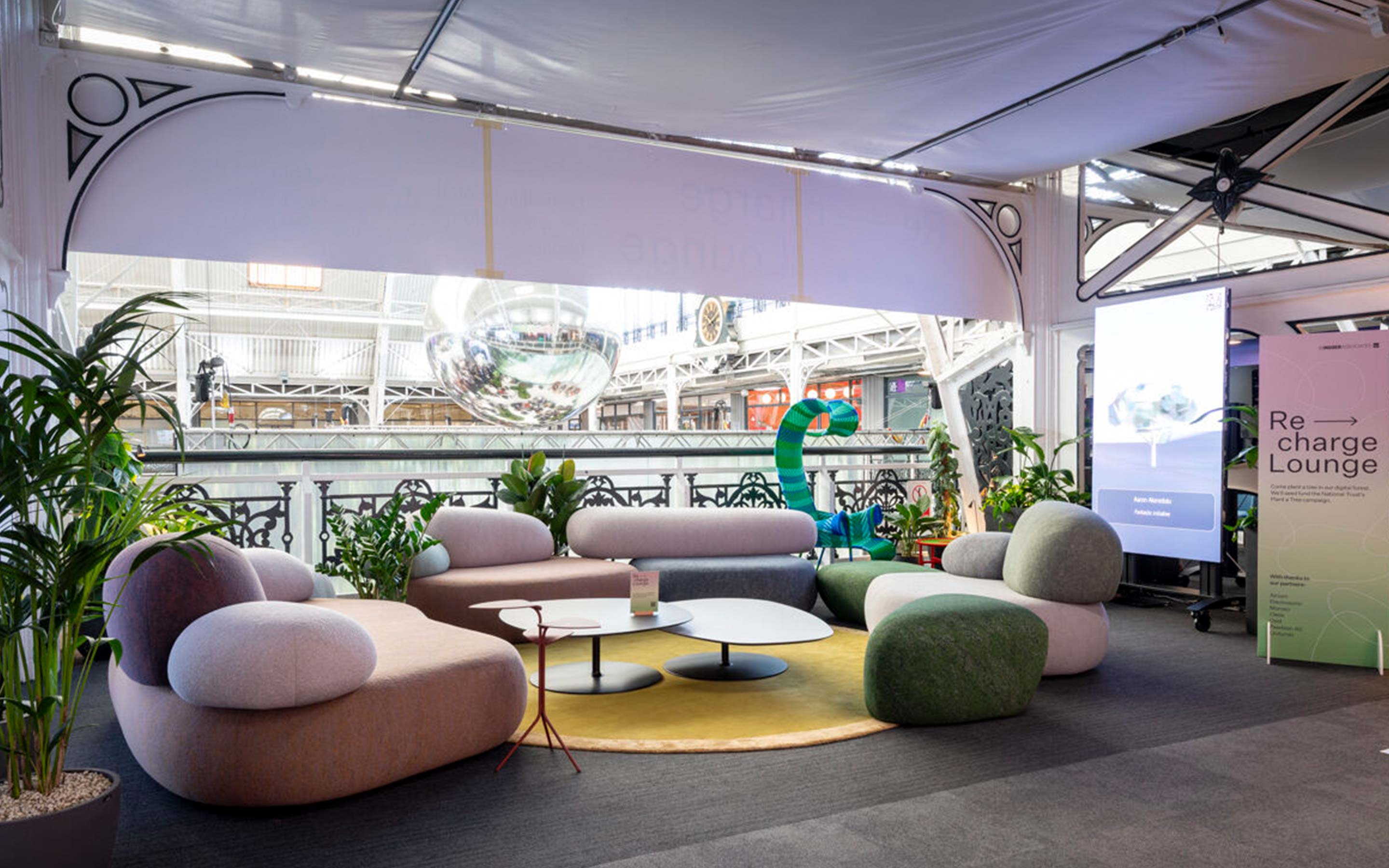
Throughout the working day, we interact with multiple touchpoints that range from how you enter and exit the workplace, to where you carry out your work, to where you grab a tea or coffee. All these touchpoints shape our working experience. When it comes to office interior design, or redesign, it can feel impossible to know how to design for maximum impact.
To create an exceptional employee experience, some of the panellists at Workspace Design Show suggest breaking down the task into moments that matter. By collecting qualitative and quantitative data from employees, you can build a picture of the moments that people care about most. From this, you can design a series of focal points throughout the day to create truly exceptional experiences. We believe, for many, this could start before even stepping onto the office floor. End of trip facilities like shower and changing rooms, with lockers to dry clothes and prepare for the day ahead, provide comfort and convenience. Then, a warm, welcoming front of house where employees are met by a friendly face helps to create social connections, and improve wellbeing. A study at Purdue University, quoted in Forbes, explored how people feel when others acknowledge them. Not surprisingly, it found that feelings of disconnection were higher among people who received no eye contact from those they came into contact with. It’s clear, then, that moments that matter are curated all day long, existing in and around the times of the day dedicated to work tasks. Look to enhance the overall workplace experience by designing spaces for meetings, creative ideation or quiet and focused tasks, but look beyond too. There you’ll discover a wide range of opportunities to create exceptional holistic working experiences.
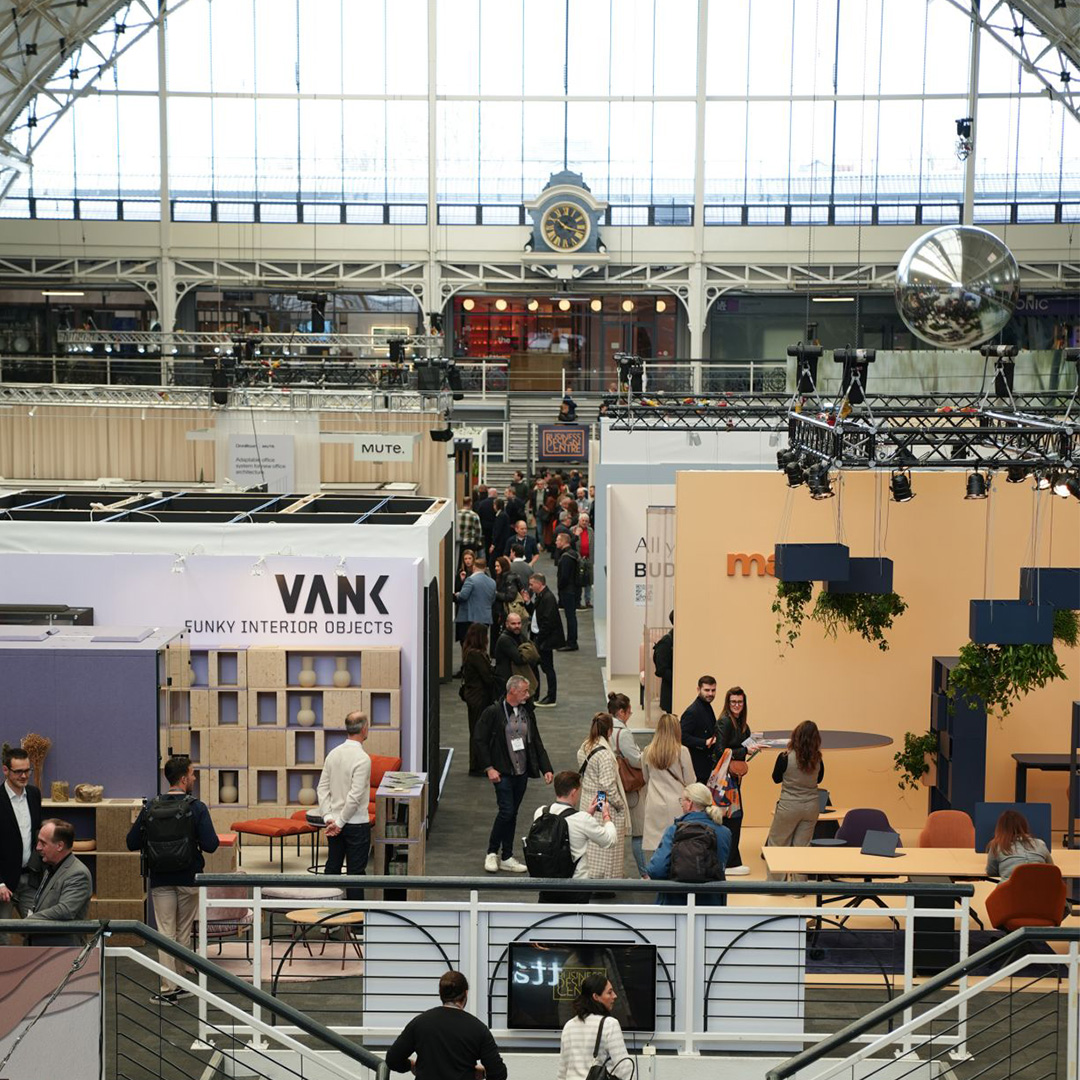
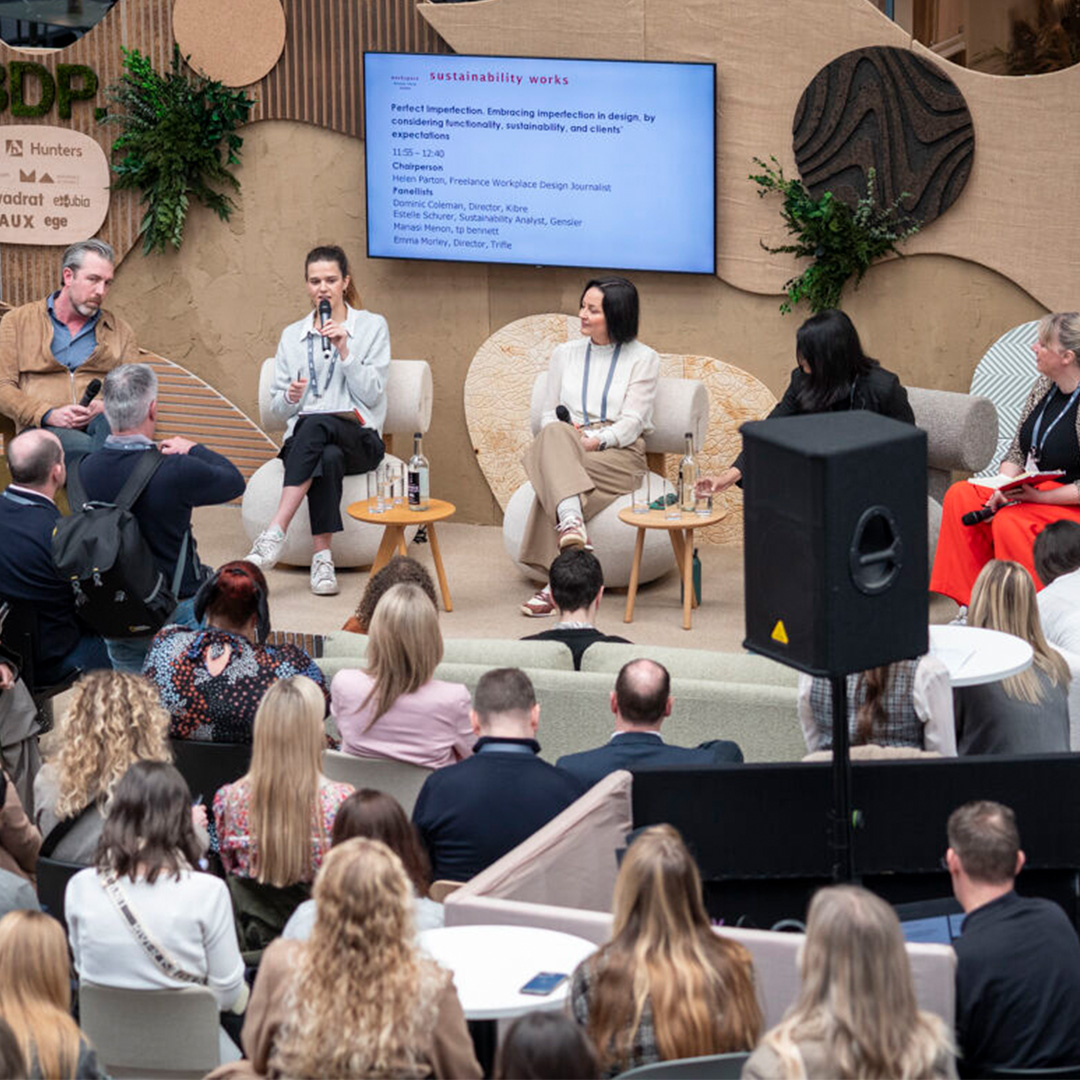
We know that social events in the workplace help to build connection, community and social capital. In fact, 69.5% of employees believe they would be happier if they had deeper connections with work colleagues. At this year’s Workspace Design Show, panellists from Landsec and Avison Young, among others, explored the hotelification of the office, considering what the workplace can provide that our homes cannot. It was clear from the outset that opportunities to socialise are a core strength of the physical workplace.
Interestingly, the group challenged the notion that social events and workplace activities favour the extroverts amongst us. When an individual finds social engagement more challenging or overwhelming, more structured social activities can provide helpful instructions to follow, a ready-made conversation starter and clear expectations for engagement. Activities in planned or small groups make socialising not only more manageable, but enjoyable for introverts or other individuals who are less comfortable in new, spontaneous or unfamiliar situations. Blink suggests to consider the different personality types that make up your workforce, and tailor engagement strategies to suit a range of preferences.
A ritual is defined as a repeated act of significance. Embraced commonly by sports teams, rituals help to uphold an agreed set of behaviours or to establish a mindset that helps the team to perform and collectively reach a common goal. In the workplace, rituals help to reinforce the norms and values that determine the workplace culture. Curating cards for birthdays, preparing for meetings with a moment of quiet reflection or pulling a team together for a huddle before a critical presentation are all examples of rituals, and the workplace design can facilitate the desired collective habits.
For instance, quiet focus rooms or private wellbeing rooms provide a space for respite and calm, reflective moments, whereas high tables peppered throughout a more open-plan working environment provide touchdown points for spontaneous huddles and high energy brainstorming. And why does it matter? McKinsey & Co suggests that workplace rituals can recapture the power of connection in instances where it breaks down, and even help employees move beyond “me” to “we” - a useful tool to help navigate the realities of hybrid working, which inevitably creates a geographically distant workforce.
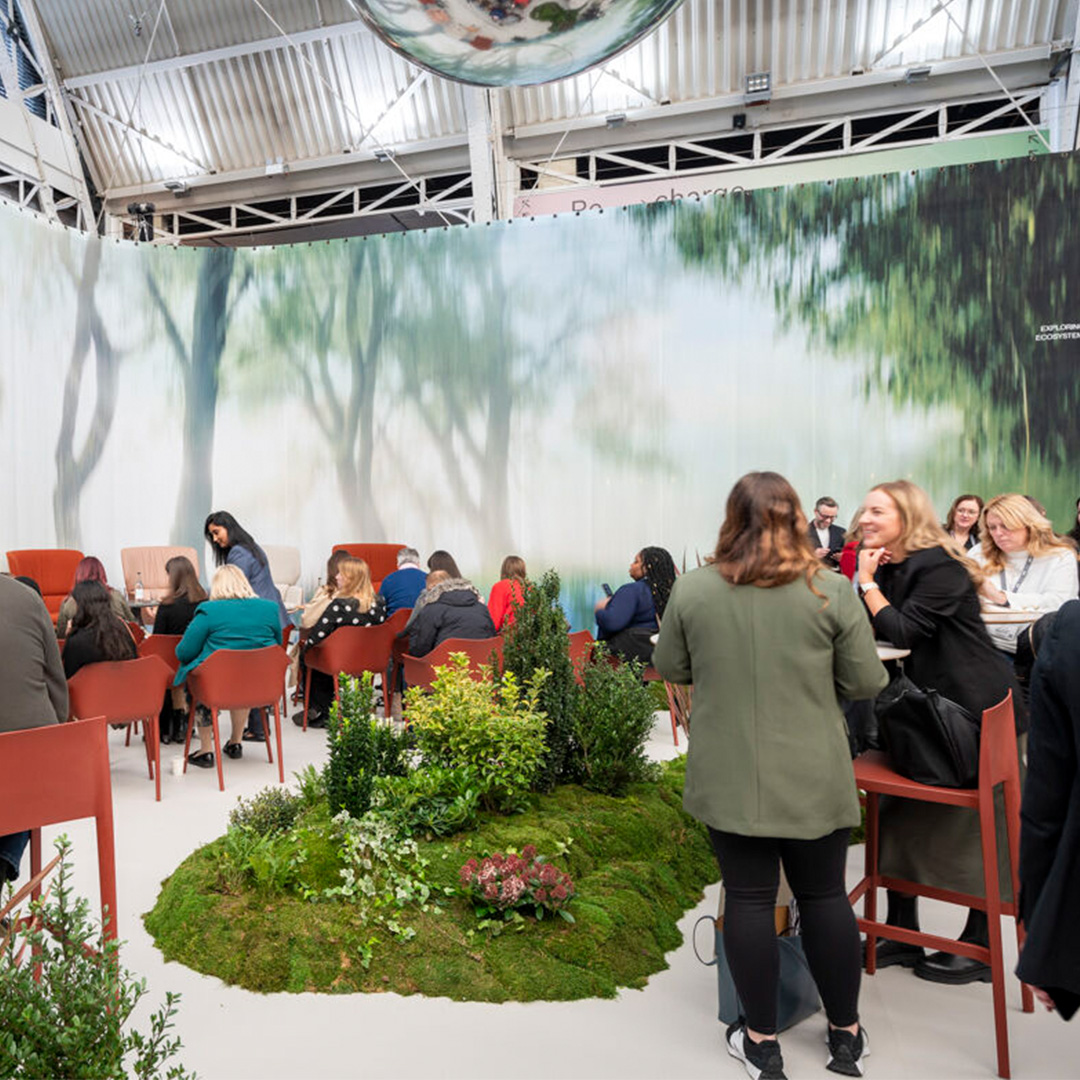
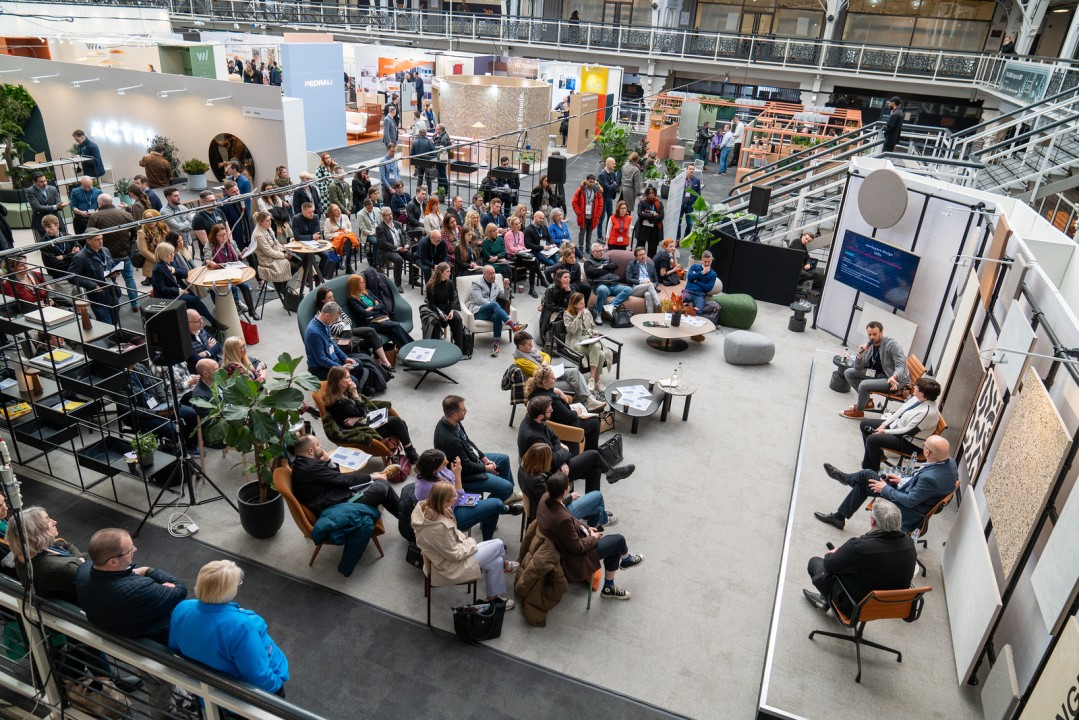
We’ve seen the workplace evolve dramatically over the last decade. Much like in educational establishments, the workplace today is expected to support more than our job function alone. Excitingly, and quite rightly, good workplace design can create connection, through bringing employees together in the physical space. It enables learning and innovation when ideas collide, and enhances wellbeing with design that supports physical and mental health. When combined, these characteristics deliver high performance on an individual and collective basis.
Speaking at the 2024 Workspace Design Show, Sarah-Jane Osborne of Avison Young, suggested that the workplace has the power to help humans achieve our potential. In design, we at Peldon Rose believe this is about creating choice, and opportunity. A variety of spaces that cater to the varying needs of individuals and entire teams, from both a work and social perspective, helps to bring teams together and perform their roles well. Design zones that offer different functions, with a range of furniture provisions, and even material or texture selection, create environments that enhance and embrace human potential.
The integration of smart technology into our working environment offers huge potential, and is creating excitement amongst workplace developers and designers. It can already allow us to evaluate how our spaces are being used, from efficiency to engagement, to energy use. But how far should it go?
Panellists from Sage, Lloyds Banking Group and Shape suggest that developers and designers should adopt a considered approach to understand the appetite for the integration of smart tech. To delve deeper, the discussion diverted from the workplace to sport. From now until 2030, the sports watch market is expected to grow annually by 7.2%. With this comes an exponential rise in the amount of data we are collecting about our body’s response to almost every moment of the day. We’re increasingly learning about how we experience stress, the quality of our sleep, and how exercise impacts fitness.
The panellists conceded that when it comes to the workplace however, it’s unlikely that we’ll gather the same level of insights. It’s likely that individuals always want a level of autonomy and ownership over their own data, rather than seemingly offering it to employers, unless there isovert value in the sharing of data. Therefore, it's key for employers to understand why the integration of smart tech (and the collection of data, which may be personal data) can benefit the business, and communicate that to employees appropriately.
For instance, room or desk sensors can monitor how spaces are being utilised, but how can we take this data and apply it to understand the direct impact on employee health and wellbeing? It requires a level of insight from the end-users themselves, and this is a frontier that many workplace experts are yet to tackle.
When addressing sustainability, it’s easy to feel overwhelmed by the complexity, jargon, and the unfortunate existence of greenwashing. Workplace designers have a huge opportunity to explore emerging design practices that open the conversation to all. At Workspace Design Show, a small panel discussed how the industry can support clients better. Much of this lies in the power of storytelling, and establishing the sustainability story of a project from the outset.
It’s firstly important to distill the most important information to give clients direction, absolute clarity and reassurance. Then, every decision that relates to sustainability is underpinned by the same goal or mission, and can be communicated with authenticity and transparency. In Peldon Rose’s planet-first workplace manifesto, we state that it all starts with education. By collaborating with our colleagues and clients, we can embark on the sustainability journey together. A large element of this encourages re-use where possible, and developing designs that embrace existing or refurbished elements that are characterful and meaningful, to abolish the idea that new is necessary.
Workplace Design Show culminated with a panel of young designers and architects who invited the audience to consider new potentials for office workplace design. What’s new or shifting within the industry, and why? VR came up, of course, but there was also talk of evolving well-established entities like end-user choice and agility. How do we continue to evolve the workplace offering for occupants?
Peldon Rose’s own Senior Project Designer, Ashton Holmes, featured on the panel, and discussed why he’d like to see more spaces providing a “menu” of spaces for individuals to pick from, in accordance with personal preferences. No one day looks the same for any of us, and it’s governed as much by what’s on our to-do list as it is by our interactions with our surroundings and feelings in spaces, which are ever in flux.
Ashton believes that design will increasingly transgress the implementation of biophilia in offices, to the actual embedding of natural patterns and designs in architectural forms. This is known as biomimicry, which is rooted in our predisposed affinity for organic forms. From the macro scale of the shape of entire buildings, down to individual furniture pieces – we can see more of this on the horizon.
With Ashton, and fellow panellists Oliver Hall of Make Architects and Sinead Fahey of Jestico + Whiles leading the next generation of workspace designers, we’re excited to see what the future holds and look forward to next year’s Workspace Design Show.

Your workplace holds enormous potential to improve your business performance. Get in touch today, and we will unlock that potential together.